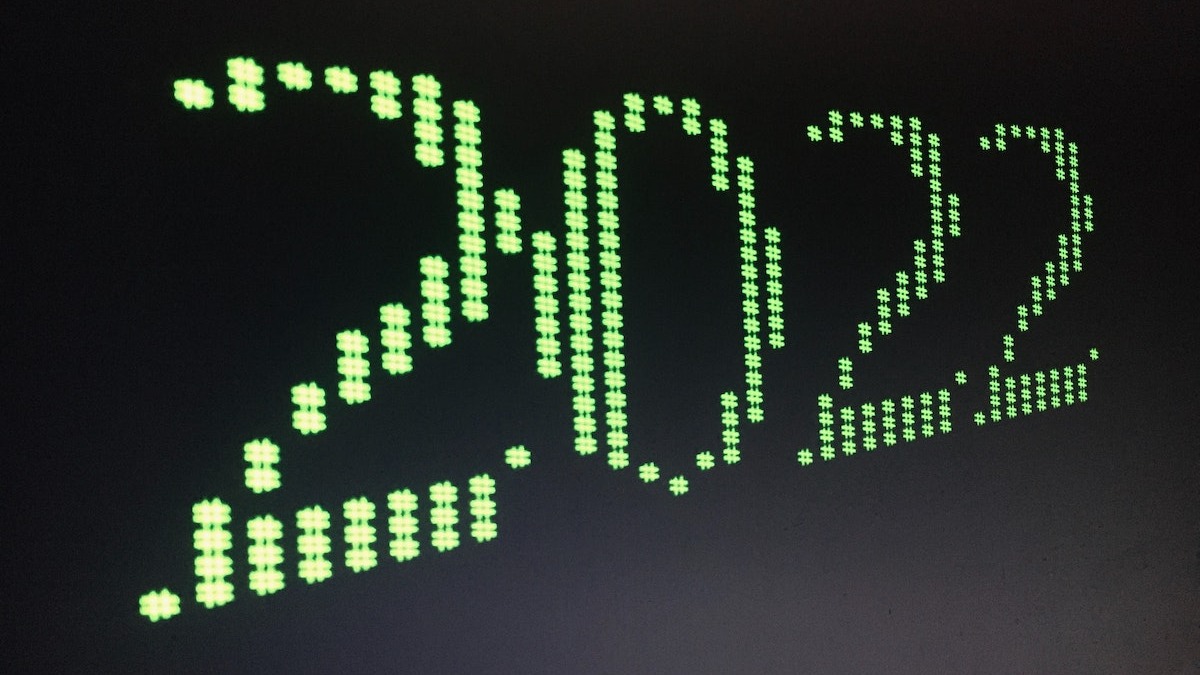If you looked up “tech trends” right now, how many search results would you expect to see? 100 million? 500 million? Think again. Between blog posts, research reports and news articles, you’d actually find roughly 1.5 billion search results.
That’s because everyone wants to know where tech is going. It dictates our jobs, our economy and, most importantly, our everyday lives.
And the tech industry doesn’t stand still. We know this because we update our computers and smart phones all the time. The world of cybersecurity is hot and getting hotter. The same goes for the field of artificial intelligence and machine learning. For I&O and application leaders, it’s hard to sort through the latest trends and separate the hype from what’s likely to really change our industry.
Fortunately, we believe Gartner can help us peer into the future with its annual predictions report. In its latest installment, “Predicts 2022: Build Digital Platforms for Adaptive Resilience” you’ll find a treasure trove of insights and answers to help you get ready for what’s next in tech.
IT under pressure – again
The coming year will put IT leaders on the hot seat once again. The “expansion of digital services and solutions continues to put pressure on IT to deliver more reliable, scalable platforms,” Gartner says in its report.
“In the next few years, I&O and application leaders will focus on security and IT resilience." They’ll do that with the help of “new roles, AI, automated incident response and chaos engineering practices,” Gartner says. It’s all about building “digital platforms for adaptive resilience” and this will require five key capabilities: "AI-augmented DevOps, software supply chain security, site reliability engineering (SRE), automated incident response and chaos engineering."
Let’s unpack these concepts a bit.
AI-augmented DevOps
“Software engineering will be augmented with AI technologies,“ Gartner predicts, helping “automate a large percentage of a software engineer’s work. AI-augmented testing also is gaining traction and has the potential to be game-changing in application testing, test creation, test data generation, risk analysis, defect prediction and performance engineering.” In fact, Gartner estimates that by 2025, “30% of enterprises will have implemented an AI-augmented development and testing strategy, up from 5% in 2021.”
Software supply chain security
“High-profile attacks on IT operations tool providers, such as SolarWinds and Kaseya, present a serious and imminent threat to IT resilience.“ Gartner states “I&O leaders and application leaders may find that the tools used to ensure service reliability and resilience or continuous delivery are now a potential target, leaving organizations completely exposed. They must be constantly vigilant and guide their teams to protect the integrity of the software included in their tools.” Gartner predicts that by 2025, “40% of organizations will enforce software supply chain security measures to improve IT resilience, up from less than 5% in 2021.”
Site reliability engineering (SRE)
SRE is gaining traction across the software development and DevOps landscape, helping automate IT operations tasks and making them more scalable. Gartner defines SRE as a “collection of systems and software engineering principles used to design and operate scalable resilient systems."
"In the next five years, operations monitoring and security monitoring use cases will converge, driven by adoption of DevSecOps, product team operating models, SRE and cloud-native architectural patterns, such as GitOps." Gartner expects "SREs to be responsible for availability, reliability, and security."
Automated incident response
As per Gartner “Traditional incident response approaches involve manual processes with limited collaboration between teams. This limits the speed with which incidents can be responded to — especially where DevOps delivers products at high velocity. The AIR solution solves this by automating most of the incident response steps, enabling centralized alert or incident routing with a policy or rule-based engine, on-call scheduling and escalation, or streamlined collaboration.” Gartner anticipates that “by 2025, 30% of I&O teams will adopt Automated Incident Response to address operational resilience improvements. Up from 5% in 2021.”
Chaos engineering
“Chaos engineering is the use of experimental and potentially destructive failure or fault injection testing to uncover vulnerabilities and weaknesses within a complex system.” It seems like the perfect tool for turbulent times. As we move forward, Gartner states, “I&O leaders need to adopt chaos engineering safely to evaluate the resilience and reliability of their systems.” By 2025, “40% of organizations will implement chaos engineering practices as part of SRE initiatives, improving MTTR by an average of 90%,” Gartner predicts.
Next steps
A lot of I&O leaders are still missing out on a great opportunity to bolster their infrastructure using AI, Garner suggests. “Many I&O leaders don’t fully take advantage of AI-augmented development and testing practices,” it says. “AI and ML proficiency is crucial for making infrastructure more adaptive and resilient.”
So, how do you do this? Gartner suggests "I&O leaders supporting agile and DevOps initiatives — in partnership with stakeholders — must:
Build a roadmap for advancing AI-augmented testing strategy. Do this by assessing current and future state investments, processes, capabilities and requirements.
Protect the integrity of internal and external code. That means enforcing strong security controls and managing risk throughout the product delivery life cycle.
Make resilience requirements a business decision rather than using benchmarks. Work with product owners and other stakeholders to define targets that align with strategic goals.
Evaluate platforms to automate incident response workflows and organization-wide communication capabilities. This will create a holistic incident response management solution."
Complimentary access to this Gartner report has closed, but please sign-up below to receive future reports and other StackState knowledge resources.
Seeing into the future is always tough, but we believe the predictions in this Gartner report can give you some solid clues where tech is headed this year and beyond.
Gartner, “Predicts 2022: Build Digital Platforms for Adaptive Resilience,” Published 12 November 2021 by analyst(s): Hassan Ennaciri, Chris Saunderson, Daniel Betts, Manjunath Bhat, Jim Scheibmeir, Joachim Herschmann.
Gartner is a registered trademark of Gartner, Inc. and/or its affiliates in the U.S. and internationally and is used herein with permission. All rights reserved



